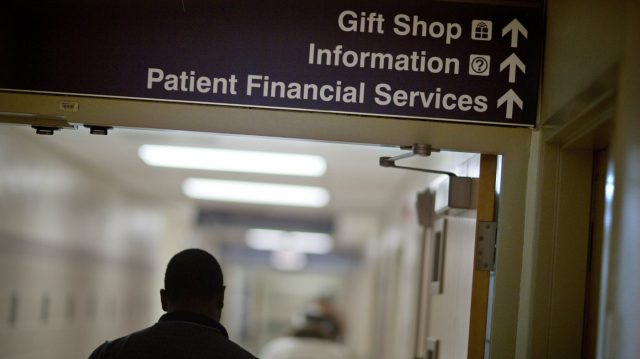Health Care Crisis: Americans Struggle as Medical Costs Soar to Unprecedented Levels

A startling new Gallup report reveals a troubling trend in American healthcare accessibility, with the number of U.S. adults struggling to afford medical care reaching an unprecedented peak. The study highlights significant disparities in healthcare access, with Black and Hispanic communities bearing a disproportionate burden of these financial challenges.
The research underscores a growing healthcare affordability crisis that is impacting millions of Americans, exposing deep-rooted inequities in the nation's medical system. As healthcare costs continue to rise, an increasing number of individuals find themselves forced to make difficult choices between seeking necessary medical treatment and maintaining their financial stability.
Particularly concerning are the findings that demonstrate how minority communities are experiencing even greater barriers to healthcare access. Black and Hispanic adults are experiencing more pronounced difficulties in obtaining essential medical services, reflecting broader systemic challenges in healthcare equity.
This latest data serves as a critical wake-up call, demanding immediate attention from policymakers, healthcare providers, and community leaders to address the mounting challenges of healthcare affordability and accessibility across the United States.
